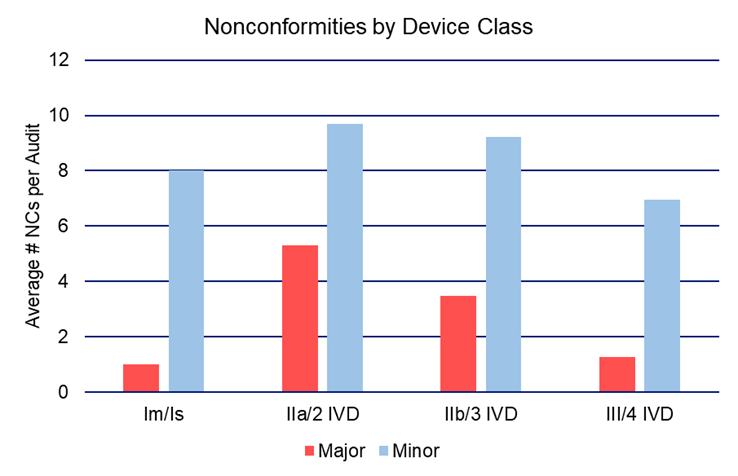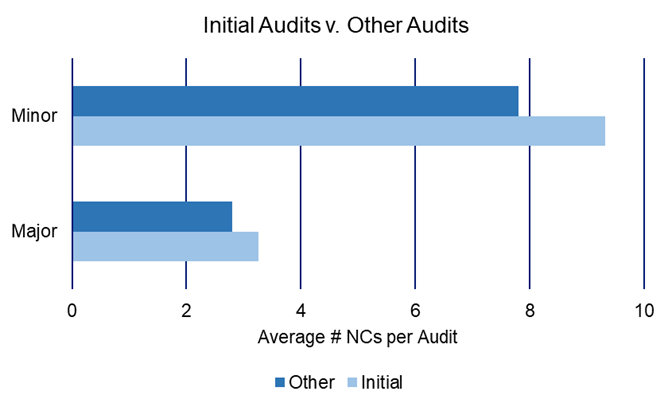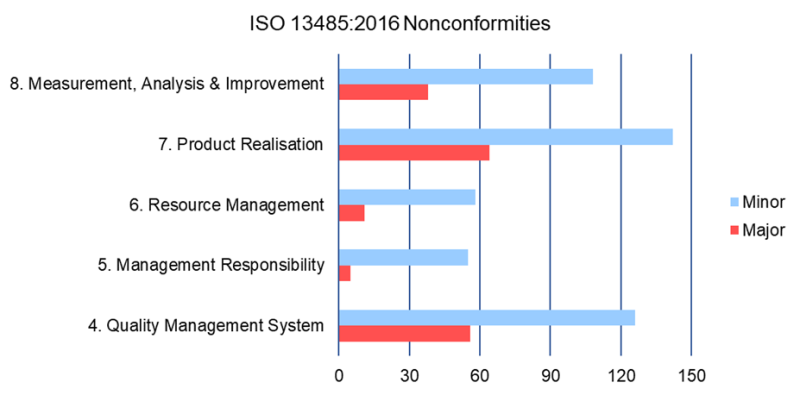The government is now operating in accordance with the Guidance on Caretaker Conventions, pending the outcome of the 2025 federal election.
Purpose
This report covers the period from 1 July 2021 to 30 June 2023. It provides a high-level overview of common quality management system (QMS) nonconformities. Desktop QMS audits are not included in the data presented.
Background
The Devices Manufacturing Quality Section performs QMS audits of medical device manufacturing facilities. We conduct a full program of on-site or remote audits for manufacturers who elect to obtain and maintain certification issued by the TGA, including certification issued under a Mutual Recognition Agreement.
Audits conducted include:
- Certification and recertification audits (a full-scope QMS audit)
- Surveillance audits (a reduced scope QMS audit)
- “For cause” audits (an audit of a manufacturer with evidence from a comparable overseas regulator where there is a performance or safety signal).
Audits are to establish compliance with:
- Therapeutic Goods Act 1989
- Therapeutic Goods (Medical Devices) Regulations 2002
- ISO 13485:2016 Medical Devices – Quality Management Systems – Requirements for regulatory purposes
- Conditions of existing TGA issued certificates (if applicable)
Nonconformities are raised when non-compliance with the above is identified.
Audits conducted
Location | FY 2021-22 | FY 2022-23 |
|---|---|---|
| Domestic | 24 | 17 |
| Overseas | 4 | 14 |
Audits cover a broad range of medical devices. Including, sterile (EtO, steam, gamma, aseptic) and non-sterile devices, software, implantable devices, procedure packs, in-vitro diagnostics (IVDs), and imaging systems.
Manufacturer compliance
We assess manufacturer compliance by the number of nonconformities we identify during the audit.
Rating | Major nonconformities | Minor nonconformities |
|---|---|---|
| Good (A1) | 0 | < 10 |
| Satisfactory (A2) | 1-5 | < 20 |
| Basic (A3) | 6-10 | < 30 |
| Unacceptable (U) | > 10 |
|
Compliance compared to previous audit








